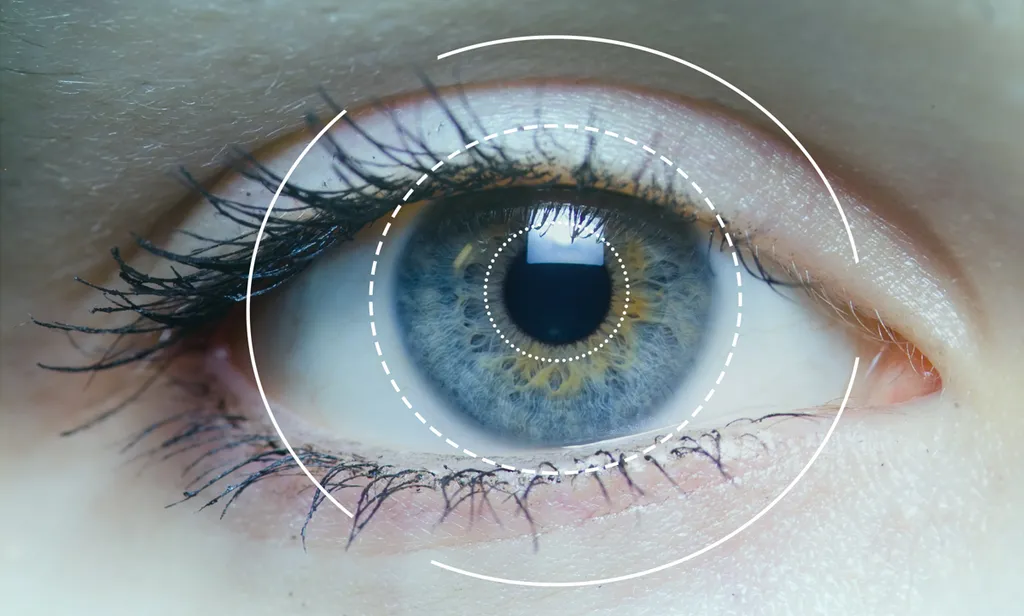Eye-tracking is arguably one of the most important pieces of VR’s future, and SensoMotoric Instruments (SMI) and Valve are working together to bring the tech closer to reality.
As reported by Tom’s Hardware, SMI partnered with Valve to integrate its eye-tracking tech into OpenVR SDK and API, which will allow other companies to implement support into their VR software. Not only that, but the pair have also successfully integrated SMI’s tech into select HTC Vive units.
Those units have been shipped out to research partners who are currently busy toiling away at getting the most out of VR eye-tracking. In fact, this tech is apparently behind the mixed reality face-scanning tech that Google demonstrated last week, bringing a user’s full face into these videos. It’s not clear if Valve or HTC currently has any plans to offer any sort add-on device for consumers to bring eye-tracking to Vive, nor if a future iteration of the device includes it, though the latter is a safe bet, no matter how far off it is.
On the surface, eye-tracking might only appear to be useful as another means of input for VR experiences, but its importance actually runs far deeper than that. Firstly, the tech is vital for foveated rendering, a term that refers to a VR experience only fully rendering its graphics directly in the center of where a user’s eyes are looking. This hugely efficient process means apps won’t have to render a full screen at all times, and could feasibly lower the barrier to entry for VR hardware.
That’s something that eye-tracking headset FOVE is looking into, as announced this week, and will no doubt become an important feature of many devices in the future.
Furthermore, eye-tracking will one day be essential to recreating virtual avatars of ourselves for social VR experiences. If our virtual bodies are to become truly indistinguishable from our real ones, then incredibly accurate eye-tracking will be required, the kind not seen by any current device.
We’re hoping to go eyes-on with this solution at GDC this week, so stay tuned.


























